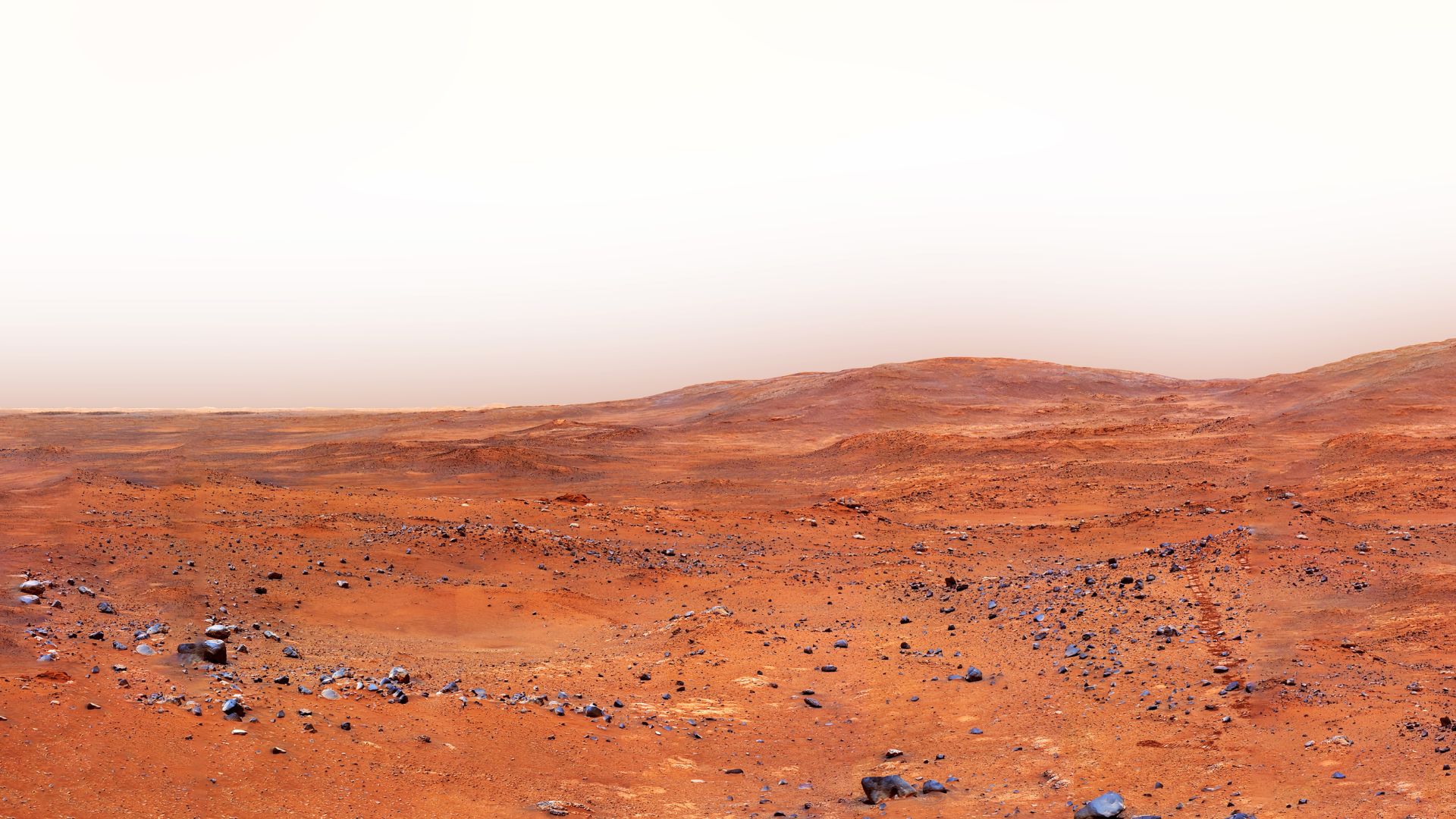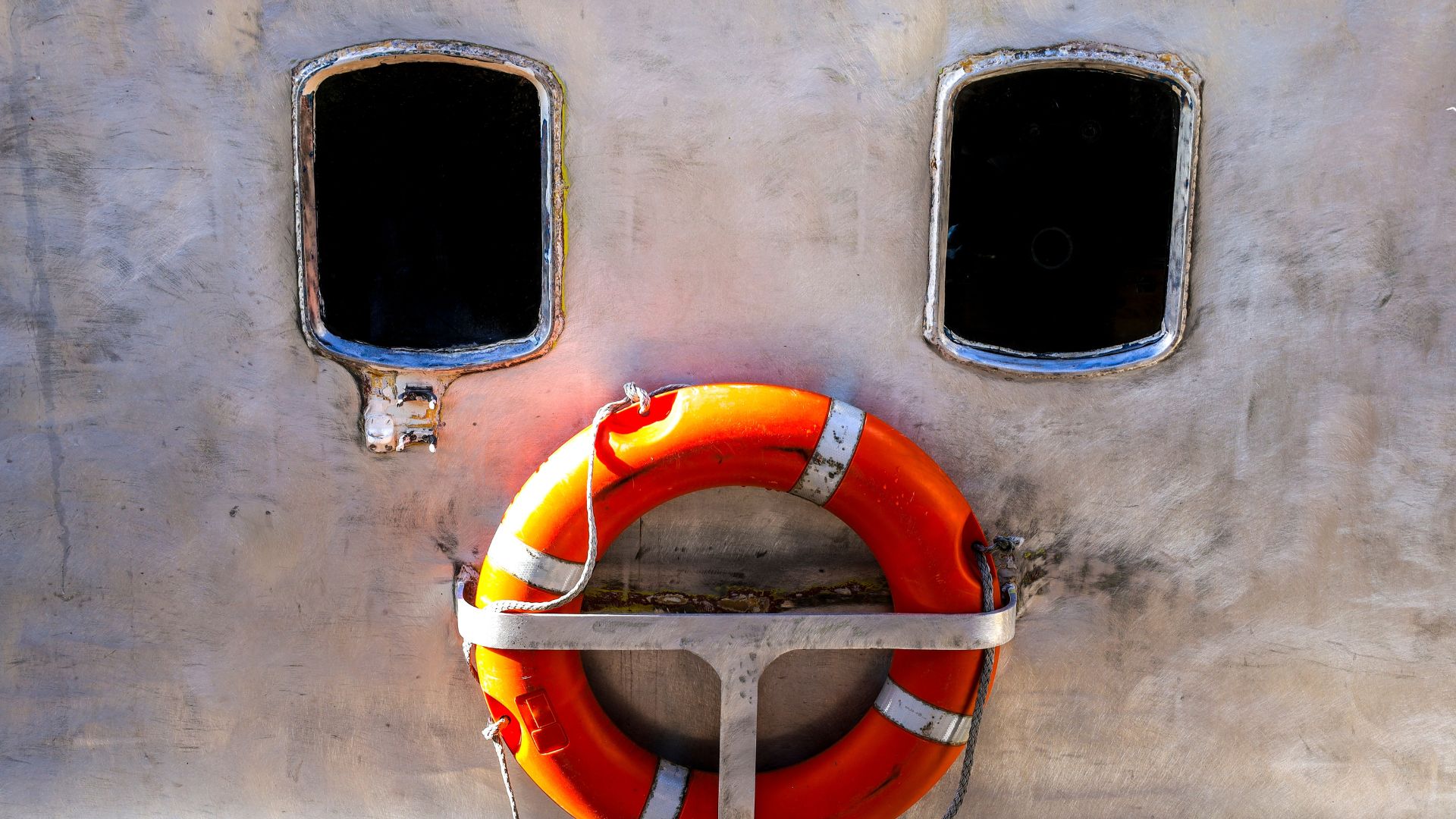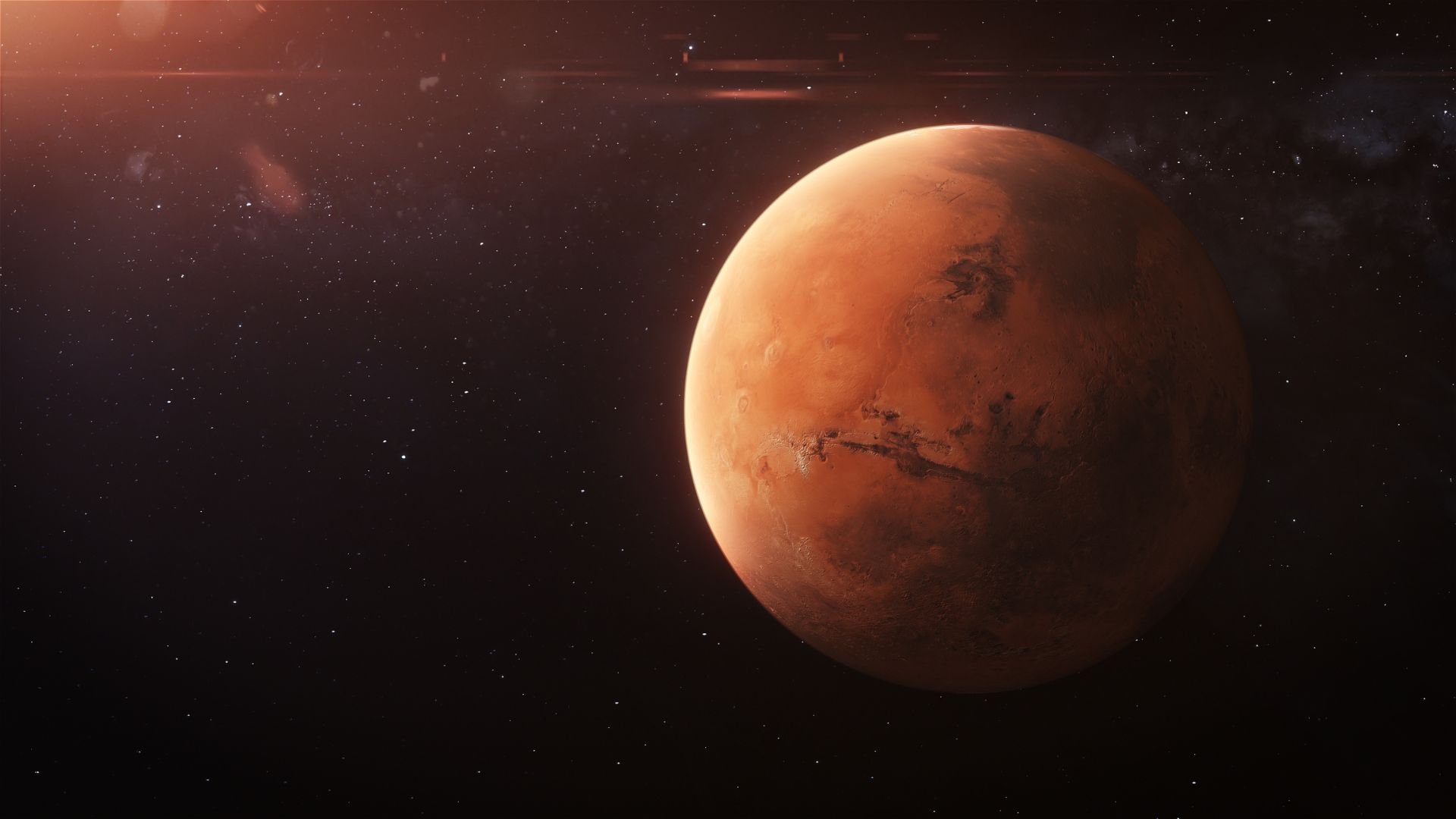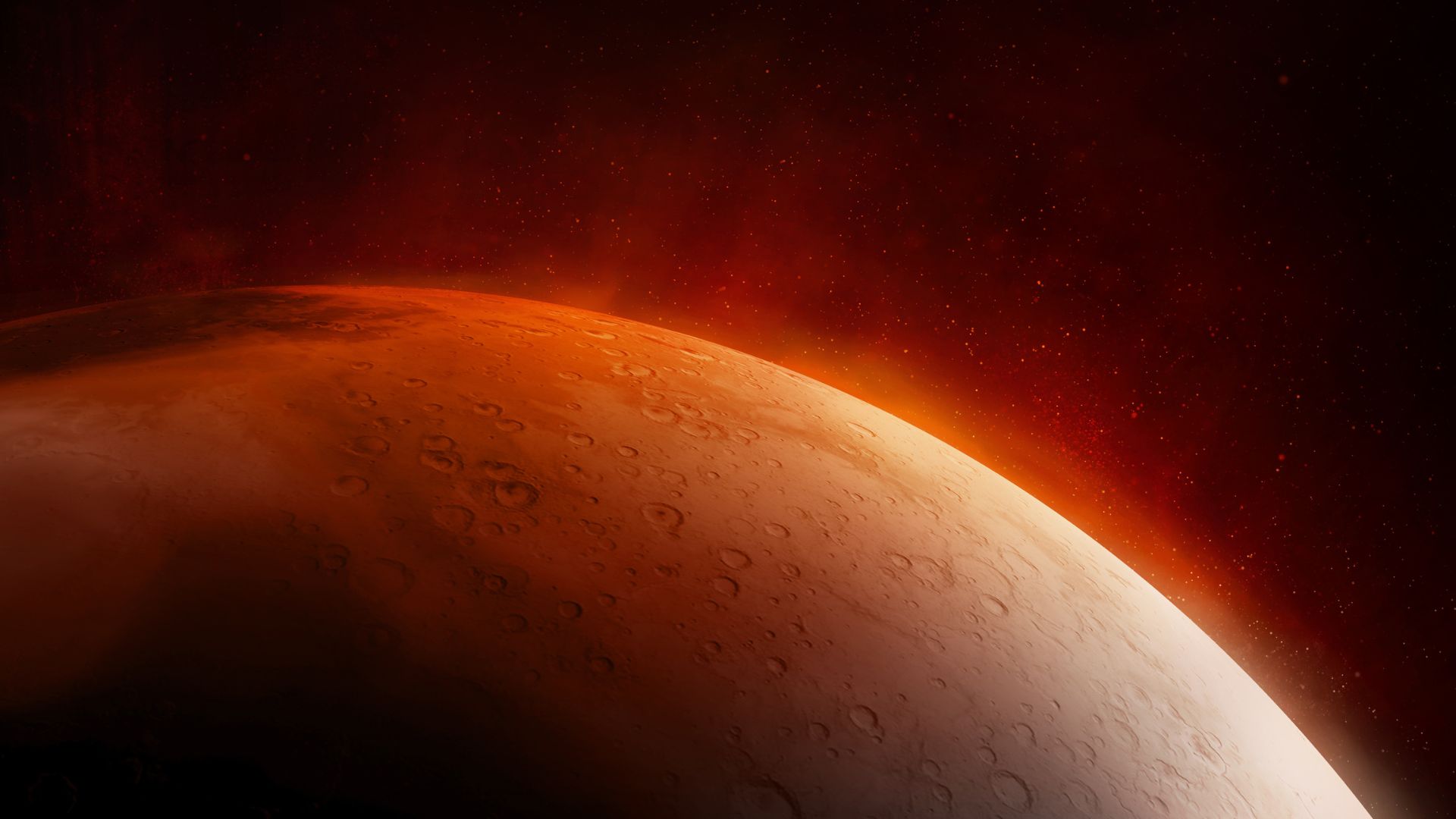
A strange object on Mars has caught the attention of space watchers. NASA’s Perseverance rover snapped a photo that shows something shaped like a helmet resting on the planet’s rocky surface. The image stirred excitement online as many tried to guess what it might be. Some see the rounded form as a helmet, while others think it’s just another rock with an unusual shape. Either way, the picture quickly sparked fresh curiosity about Mars.
Mars Rock Formation Resembling a Helmet

The rover captured a photo that’s stirring plenty of talk because the rock shape looks a lot like a helmet. People zoomed in on the rounded top and smooth edges, and it does resemble something you’d expect to see on a soldier or biker. The fun part is how natural rock patterns can spark the imagination so easily. Mars keeps sending back snapshots that remind us how strange and fascinating the planet’s surface can look.
Jezero Crater Exploration Context

Perseverance is spending its days in Jezero Crater, a site scientists chose because it once held a lake. The area has layered rocks, dried channels, and plenty of unusual shapes that stand out in photos. The rover keeps scanning the terrain and sending snapshots that fuel curiosity back on Earth. Jezero Crater gives researchers a steady flow of images and details that help paint a picture of Mars’ long history.
Perseverance Rover Mission Objectives

The rover isn’t only snapping odd rock photos, it’s also busy hunting for signs of ancient life. Scientists designed their tools to collect samples, study soil, and examine minerals. The mission focuses on piecing together how Mars once supported water and maybe even microbes. So every drill, scoop, and camera shot adds another detail. The plan also includes saving rock cores that could one day make their way back to Earth for deeper study.
Sol 1152 Photographic Discovery

Perseverance snapped the helmet-shaped rock on Sol 1152, the number of Martian days the rover has spent on the surface. The shot stood out because the formation looked so much like headgear resting on the ground. People online jumped in with theories, jokes, and guesses about what it could be. The image added to the stream of photos that keep sparking conversations about the strange and fascinating shapes scattered across Mars.
Natural Erosion Explanations

Scientists often point out that Martian winds and shifting dust can shape rocks in surprising ways. Over long stretches of time, those forces carve edges, round off surfaces, and leave patterns that spark the imagination. So a rock that looks like a helmet today may just be another case of natural weathering. The planet’s thin atmosphere still moves sand around, and that constant process helps create shapes that remind us of familiar objects back home.
Pareidolia Phenomenon Analysis

Humans have a habit of spotting familiar shapes where none exist, and scientists call that pareidolia. It’s the same reason people see faces in clouds or animals in tree bark. So when a rock looks like a helmet on Mars, the brain jumps to a quick conclusion. The effect is common with rover photos, and that’s why images stir so much buzz. People like finding patterns, even when nature shaped them by accident.
Non-Biological Origin Confirmation

Scientists made it clear that the helmet-shaped rock doesn’t point to past life. It formed through natural geological processes, shaped by wind and dust over long periods. The photo may spark fun theories online, but researchers stick to evidence that fits Mars’ natural history. So while the shape looks familiar to us, it remains a product of erosion. The rover’s mission keeps reminding everyone that Mars offers surprises without needing living origins.
Keep Watching Mars Photos

Perseverance keeps sending back images that surprise and intrigue people. Rocks shaped by wind and dust can form patterns that grab attention, so every snapshot offers something to notice. Following the rover’s journey online is a fun way to see Mars up close. You can look for unusual shapes, track discoveries, and even join discussions about what the images show. Staying curious makes exploring the Red Planet a shared experience.